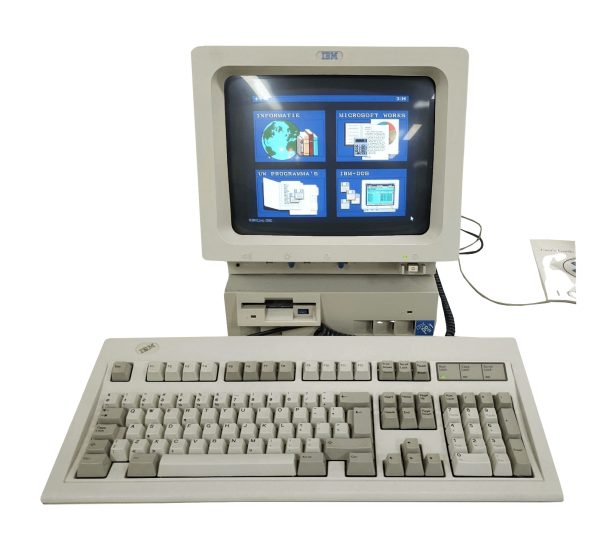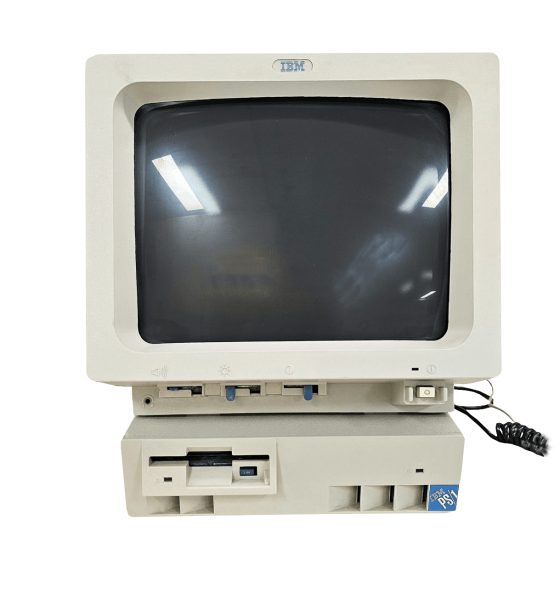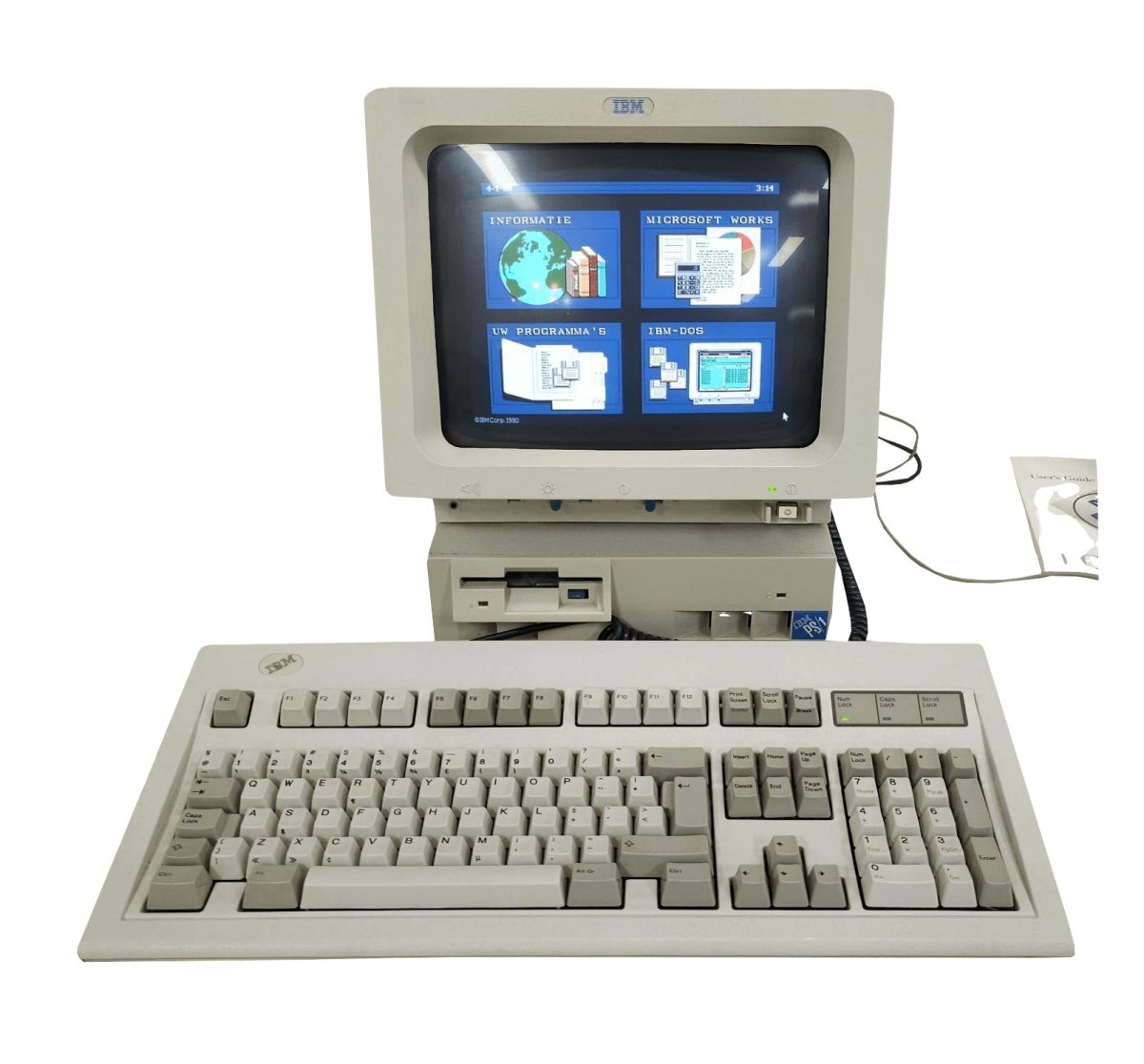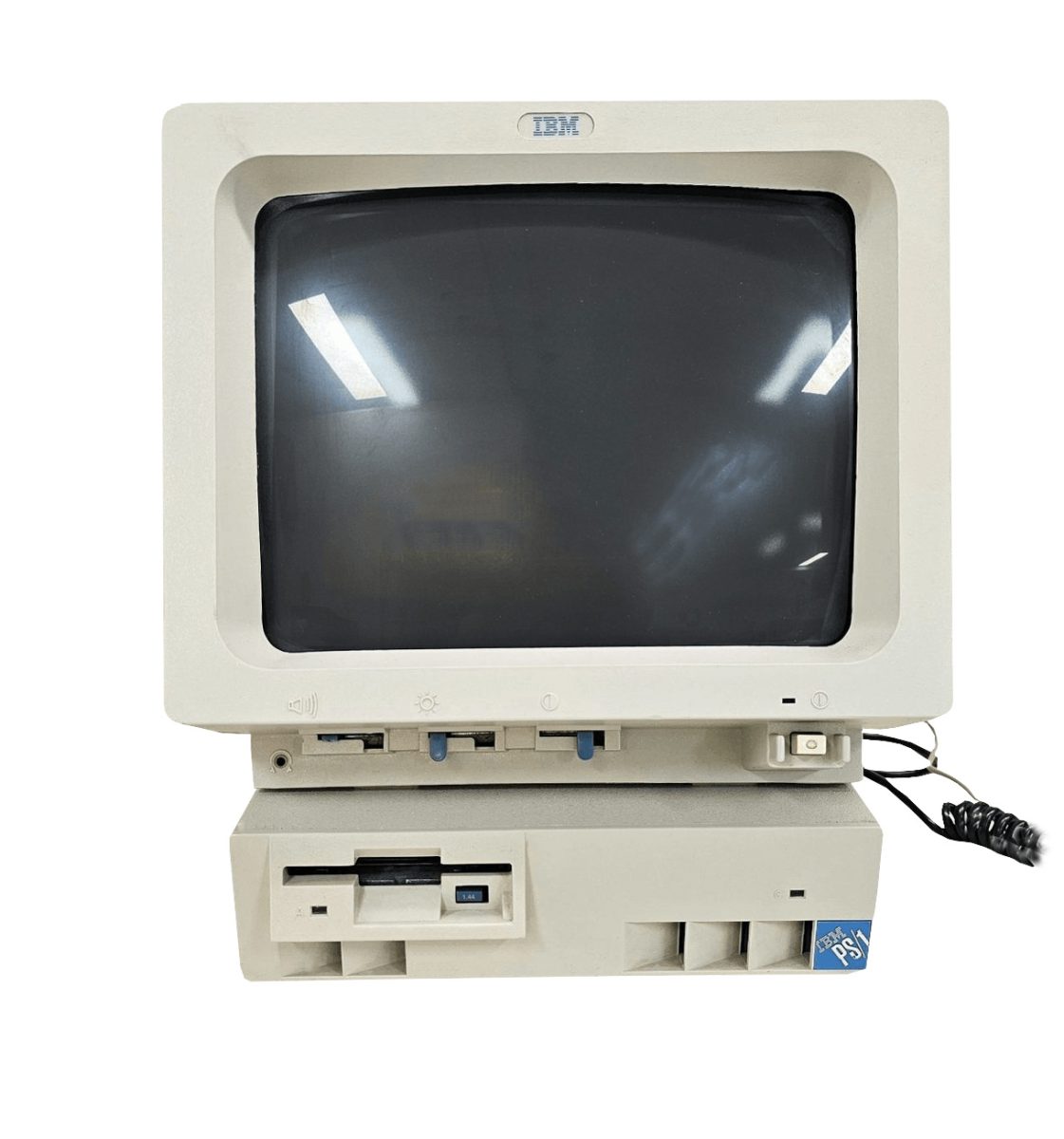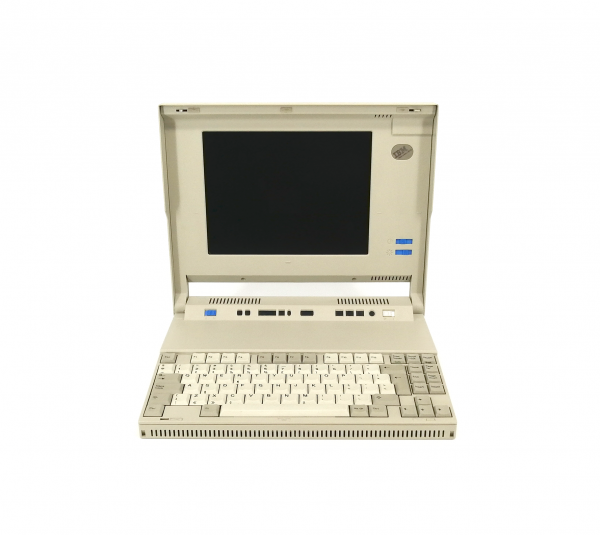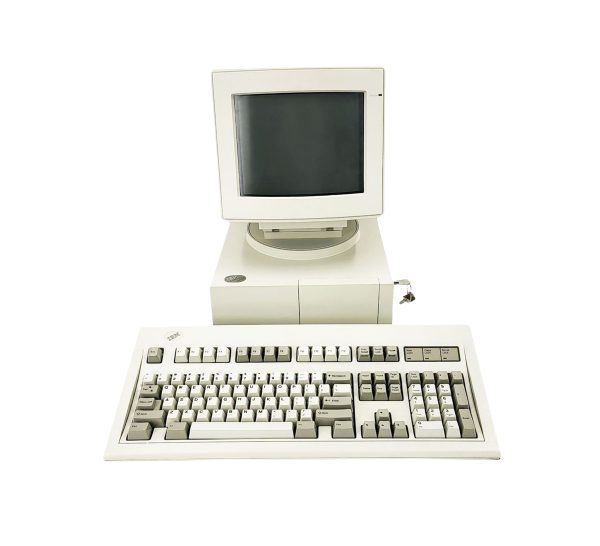IBM PS/1 (model 2011)
The IBM PS/1 is a brand for a series of personal computers that marked IBM's return to the home market in 1990, five years after the IBM PCjr. It was succeeded by the IBM Aptiva in September 1994.
IBM PS/1 (model 2011)
The IBM PS/1 is a brand for a series of personal computers that marked IBM's return to the home market in 1990, five years after the IBM PCjr. It was succeeded by the IBM Aptiva in September 1994.
The PS/1 line was targeted at new computer users and was sold in consumer electronics stores, along with similar systems from Compaq, Hewlett-Packard, Packard Bell, and others. U.S. PS/1 models came with a built-in modem, allowing users to access online IBM help services provided through partnerships with Prodigy and Quantum.
Like the PCjr, the name PS/1 suggested a more limited machine compared to IBM's business-oriented PS/2 line. However, unlike the PS/2, the PS/1 was based on an architecture closer to the AT and compatible systems, using ISA, VGA, and IDE, for example.
While the initial models used custom-designed components and design, later desktop and tower models primarily used standard components. The earlier models included a ROM with IBM's PC DOS and a graphical shell, but the system was compatible with other DOS implementations, and the shell could be installed on the hard drive.
The original PS/1 (Model 2011), based on a 10 MHz Intel 80286 CPU, was designed for easy installation and use. It had 512 KB of built-in memory (expandable to 1 MB or 2.5 MB with proprietary memory modules), a built-in modem (only in U.S. models), and an optional 30 MB or 40 MB hard drive. IBM also released a 5.25-inch diskette drive unit, a $169 ISA Adapter Card Unit (ACU) for installing third-party expansion cards, and a $995 CD-ROM drive, based on a Western Digital SCSI chip, which fit under the case. Some of the cheaper PS/1 models had limited expansion capabilities as they lacked standard ISA expansion slots.




